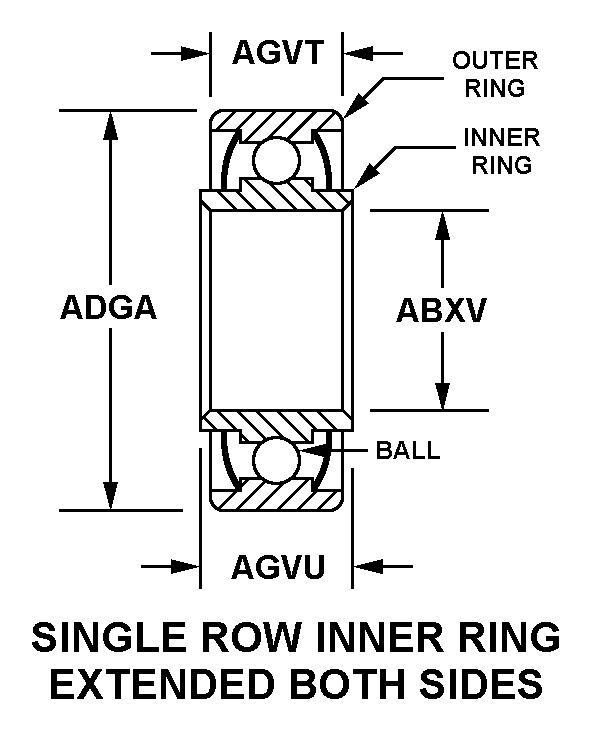3110014409908
Price Quote Get an up to date pricing and availability quote for this product. Order online or over the phone.
Quality Commitment
Serving our customers with quality and safety first.
- AS9120 Certified
- Audited supply chain
- ITAR Registered
- DDTC Registered
- HAZMAT Certified
- Customer service objectives
- Every product 100% inspected

3110-01-440-9908 Specification Set by the OEM (see RNCC code 3)
1.5625in. and 1.5630in.
2.3115in. and 2.3125in.
grease
0.3700in. and 0.3750in.
0.4320in. and 0.4370in.
2
contact
radial
heat stabilized for operation at 250 deg f; 80 pct full of specified lubricant; extra precision id tolerance; all external surfaces except bore and seal retainers treated w/cadmium per QQ-P-416, ty 1, cl 2
MIL-G-81322 mil spec single material response
steel corrosion resisting retainer
ams 3652 assn std 1st material response seal or ams 3666 assn std 1st material response seal and ams 3666 assn std 2nd material response seal
single row inner ring extended both sides
Cross Reference Parts Part numbers that meet the specification outlined on this page and set by the OEM
Identification Item Identification Guide (IIG) and Item Name Code (INC)

Definition Definition of approved item name (AIN): "BEARING,BALL,AIRFRAME"
A cylindrical item in which the inner or outer ring turns upon row(s) of hardened ball, bearing which roll on a raceway, thus minimizing friction. These items are characterized by their noncorrosive qualities, lightness of weight, inch dimensions rather than metric, inner rings generally projecting beyond the faces of the outer ring, or a very narrow width inner ring having an outside diameter slightly larger than the bore diameter. Designed primarily for use in aircraft assemblies, such as control systems and surfaces of aircraft. Excludes bearing, ball, annular.
3110-01-440-9908 Material Hazmat, Precious Metals, Criticality, Enviroment, and ESD
Indicates there is no data in the hmirs and the nsn is in a fsc not generally suspected of containing hazardous materials.
Precious metal content is unknown
The item does not have a nuclear hardened feature or any other critical feature such as tolerance, fit restriction or application.
Identification Codes
HMIC: Hazardous Material Indicator Code. A one position code that identifies a hazardous item.
PMIC: Precious Metal Indicator Code. A one position code which identifies items that have precious metals as part of their content. precious metals are those metals generally considered to be uncommon, highly valuable, and relatively superior in certain properties such as resistance to corrosion and electrical conductivity.
ESD: Electrostatic Discharge. Indicates if an item is susceptible to electrostatic discharge or electromagnetic interference damage. electrostatic discharge damage occurs when an accumulation of static electricity generated by the relative motion or separation of materials is released to another item by direct contact. electromagnetic interference damage occurs when an item comes into proximity with an electrostatic or magnetic field.
ENAC: Enviromental Attribute Code. Identifies items with environmentally preferred characteristics.
CRITL: Criticality Indicator Code. Indicates an item is technically critical by tolerance, fit, application, nuclear hardness properties, or other characteristics.






